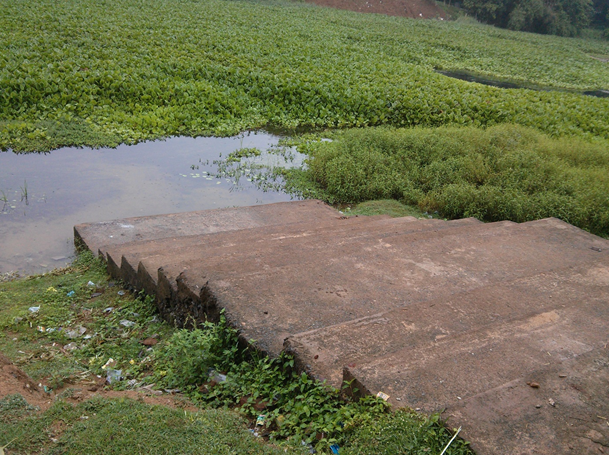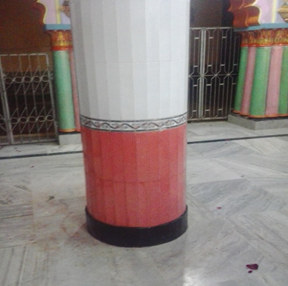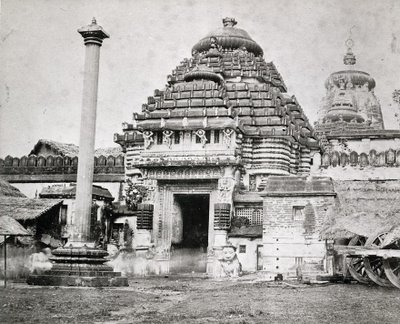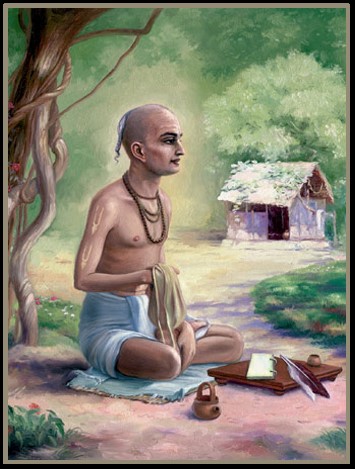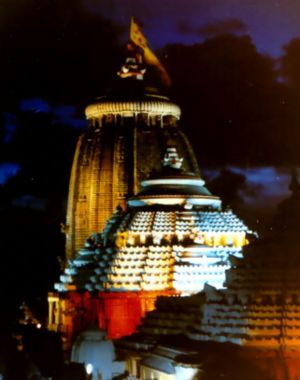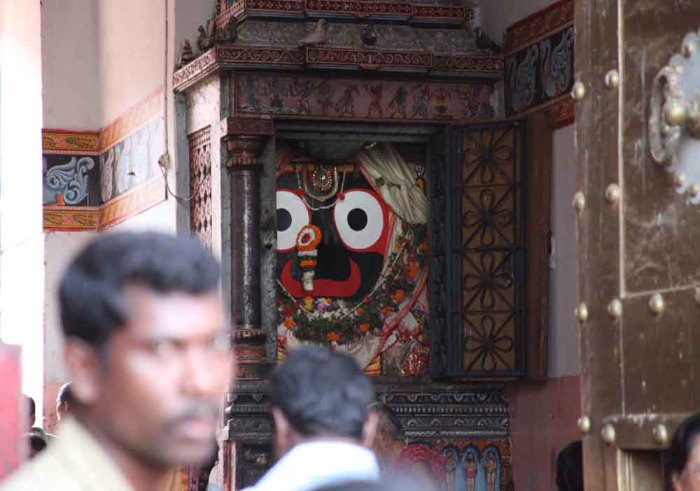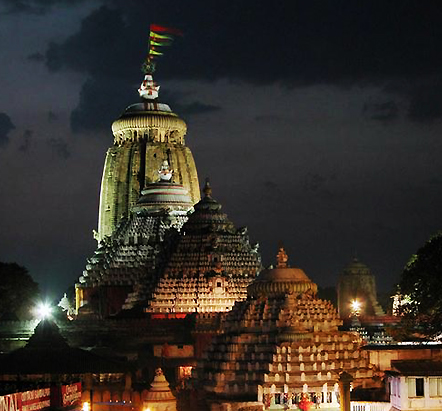Bhaktivinod Thakur lived for sometime in Bhadrak. (Ref books– Bhaktivinod Vani Vaibhav and Seventh Goswami). In March, 1860, Bhaktivinod Thakur ( that time Kedarnatha Dutta) moved his family to Bhadrak taking the position of headmaster for forty-five rupees a month. So he left Cuttack for Bhadrak where he had a house constructed and brought his family. Here His mother had contracted epilepsy, and the disease gradually grew worse. An Orissan brahmana came to Bhadrak to recite the Ramayana, and hearing the news of Kedaranatha’s mother’s disease, he made a preparation with sandalwood and oil mixed with conch powder and gave it to her. His mother was quickly cured and became very healthy again. Kedaranatha amply rewarded the brahmana, and everyone was satisfied and happy. During his stay in Bhadrak, Kedaranatha wrote a book called Math’s of Orissa which was published in 1860. One of the final requests of his grandfather had been that he tour the temples of Orissa, so when Kedaranatha journeyed to Puri, he visited all of the major temples in Orissa en route, keeping a careful record of all that he observed. The book was made of this records. Sir William Hunter, a reputed British historian, took note of and praised the book in his own book, Orissa, which was published in 1872.
In 1860, his first son, Annada, was born here in Bhadrak, and on 18th December he received a fifth grade teacher’s appointment in Midnapur. So for Midnapore having stayed in Bhadrak for over 9 months.
Many years later in November1877, Kedarnatha dutta was again transferred to Bhadrak and was promoted there as Deputy Magistrate. While he was resident in Bhadrak, Mr. Robbins wrote him a very affectionate letter from Orissa, practically begging him to return to Puri. On July 11, 1878, the Government issued the Thakura Summary Power and in August transferred him to Narail.
Srila Prabhupad with Jayapataka Swami on Bhadrak: Just a few hundred yards from the place of mandir, Lord Caitanya was staying for five days. Then about two miles away on another occasion; He stayed at a RadhaMadanamohan or some mandir. Lord Caitanya’s been going there on occasion. This place is mentioned in Caitanya-Caritamrta. And the people who have given us the temple, they are the descendants of the devotee with whom Lord Caitanya stayed with. They’re the same family. And so they’re very enthusiastic and they want to give all help. Although it’s a small place, they’ve already made a couple of members, life patron members, and they’re trying to collect donation. There’s a college there, and some of the professors of the college come regularly to the temple, and they are chanting japa and they’re bringing their students and other colleagues.
Prabhupada: Good field. Lord Chaitanya visits Bhadrak and gives his shawl. Lord Chaitanya visits Bhadrak with Ramananda Raya on his first attempt to go to Vrindavan.
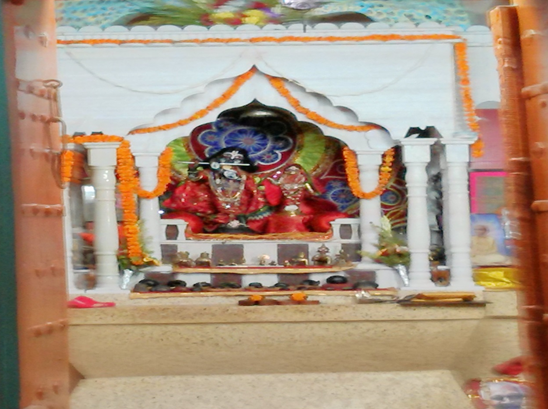
In the village of Santra, near Bhadraka, a devotee named Yasodanandana Nyayalankara installed the Deity of Madana Mohana.
One His way to Vrindavana, Sri Caitanya Mahaprabhu stayed with Ramananda Raya at this temple for five days. The temple is situated on the bank of the river Kalindi (shalindi) and the ghat where Mahaprabhu bathed is still known as Gauranga-ghat.
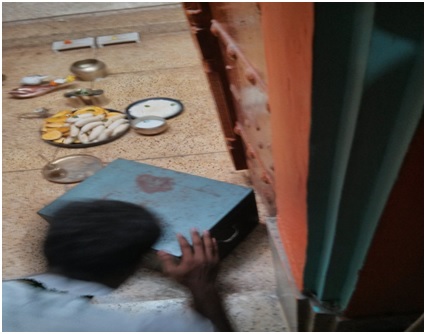
Lord Chaitanya bades farewell to Ramananda Raya in Bhadrak to make his attempt to visit Vrindavan. Chaitanya Charitamrita Madhya lila16th Chapter describes the beautiful incident of separation-
Text 153
ei-mata cali’ prabhu ‘remuna’ aila
tatha haite ramananda-raye vidaya dila
Translation
Sri Caitanya Mahaprabhu finally arrived at Remuna, where He bade farewell to Sri Ramananda Raya.
Purport
It was stated in the firstchapter of Madhya-lila, verse 149, that Ramananda Raya was bade farewell from Bhadraka. Srila Bhaktisiddhanta Sarasvati Thakura states that in those days the place called Remuna also included Bhadraka.
Text 154
bhumete padila raya nahika cetana
raye kole kari’ prabhu karaye krandana
Translation
When Ramananda Raya fell to the ground and lost consciousness, Sri Caitanya Mahaprabhu took him upon His lap and began to cry.
Text 155
rayera vidaya-bhava na yaya sahana kahite na pari ei tahara varnana
Translation
Caitanya Mahaprabhu’s feelings of separation from Ramananda Raya are very difficult to describe. Indeed, it is almost intolerable to do so, and therefore I cannot describe them further.
